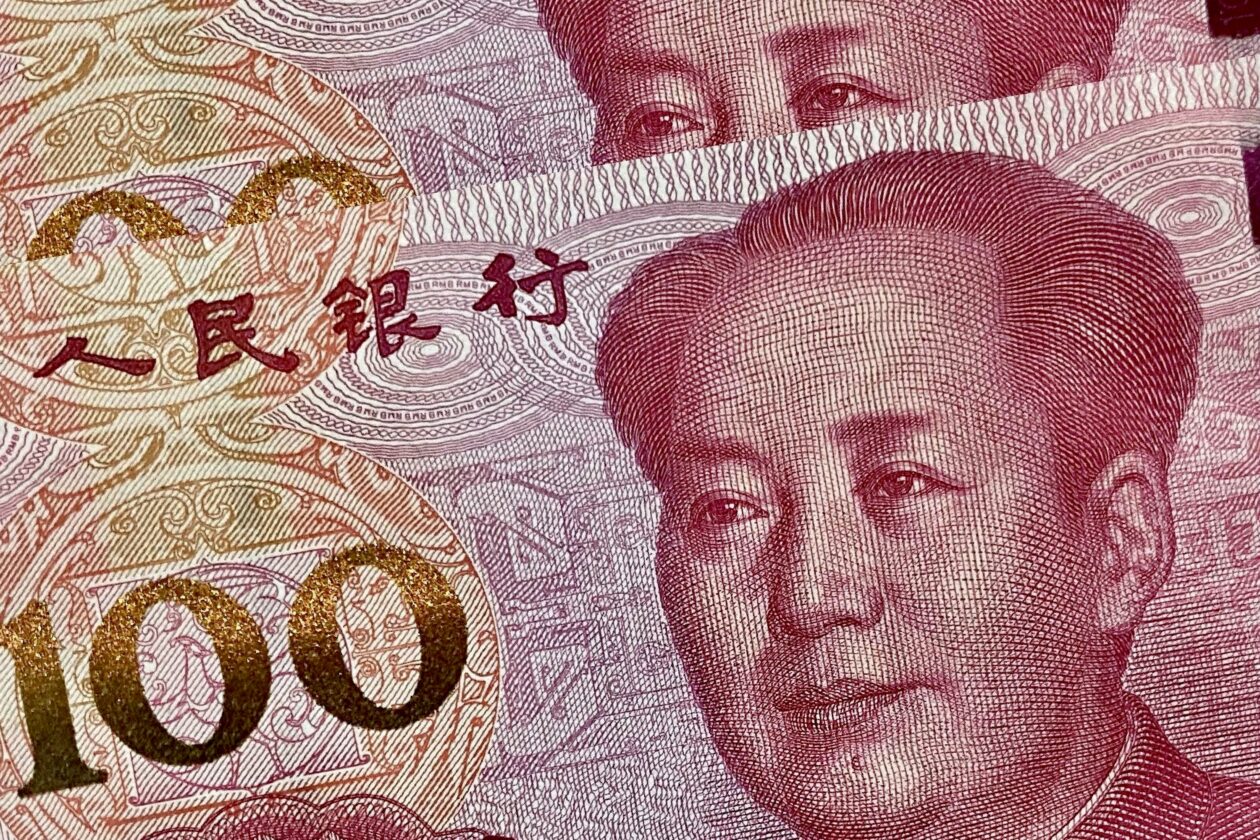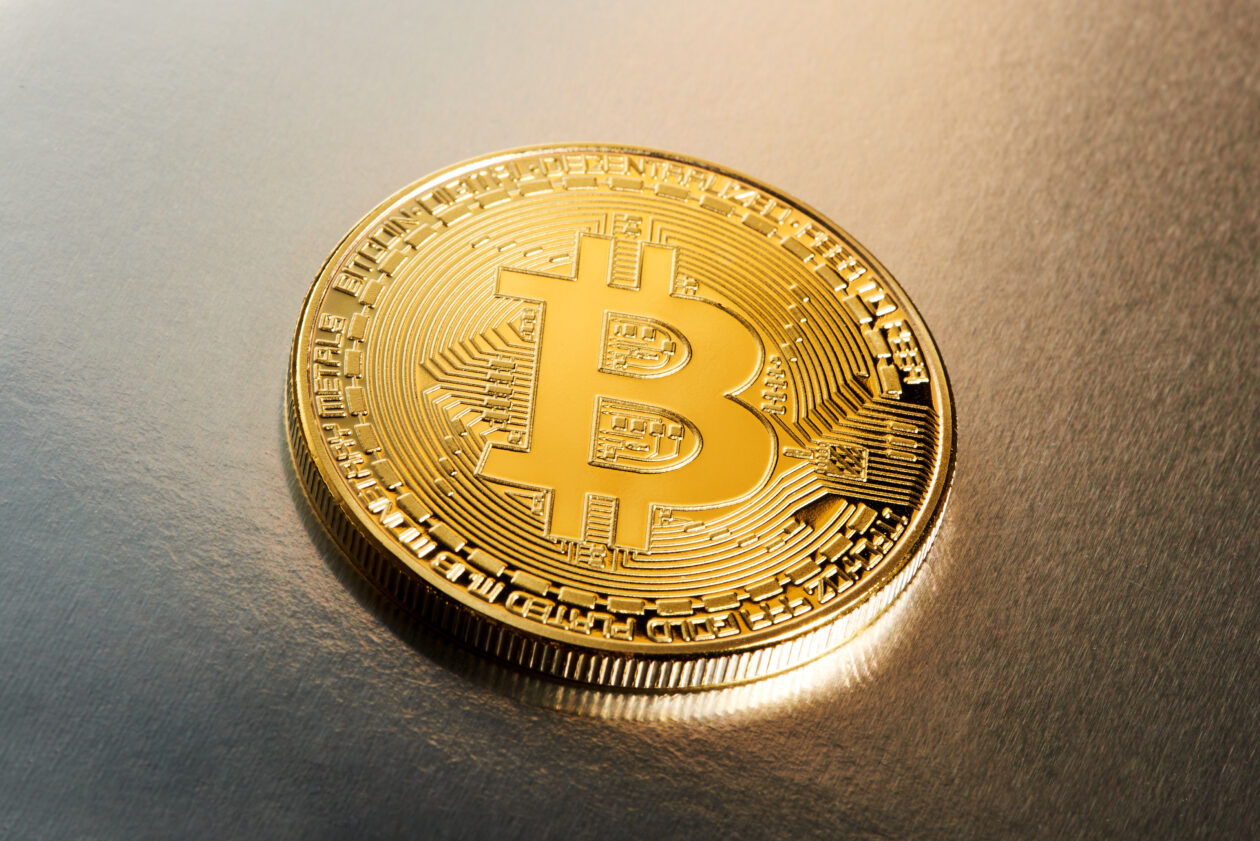Bitcoin and Ether were little changed on Tuesday morning in Asia, while other top 10 non-stablecoin cryptocurrencies traded mixed. Cardano’s ADA led the gains following bullish comments from founder Charles Hoskinson. He predicted a surge in price past both Ether and Bitcoin. Solana’s SOL posted more losses, despite last week’s news of Solana Pay’s tie-up with Shopify. Analysts expect the generally downbeat summer mood in the crypto market to pick up in fall. Elsewhere, the Forkast 500 NFT Index continued to decline, reflecting more bad news for the NFT industry. The U.S. Securities and Exchange Commission (SEC) announced Monday it has charged L.A.-based media company Impact Theory LLC with securities violations related to its offering of NFTs. Meanwhile, U.S. equity futures were trading flat after Monday’s gains.
Summer blues
Bitcoin edged down 0.12% for the last 24 hours to US$26,050.51 as of 07:00 a.m. in Hong Kong. The token is down 0.30% for the week, according to CoinMarketCap data. The world’s leading cryptocurrency reached a high of US$26,198.58 in the early hours of the morning before falling back.
Ether also dipped 0.40% to US$1,650.23 for a 0.99% weekly loss.
“There might be another selloff taking place, but currently we’ve experienced the standard August and September correction, through which it seems likely that we won’t be continuing that fall for long and rather have an upwards trend from here on out,” Michaël van de Poppe, CEO of Amsterdam-based crypto trading company MN Trading, said via email.
Van de Poppe’s comments were in line with a report by JPMorgan Chase & Co. that forecast “limited downside” for the crypto market as losses slow. The U.S. banking giant’s analysts found a drop in the number of Bitcoin-linked futures contracts on exchanges that are yet to be settled — a sign that downward price movement is losing its momentum.
“We’ll be having a potential run from here,” Van de Poppe said in a weekend tweet. “This rally should most likely occur in Q4 of 2023, during a good period for crypto markets (October-December tend to be this).”
Van de Poppe pointed to Bitcoin’s next halving event, which is expected to occur on April 16, 2024, as a cause for optimism from the fourth quarter of this year. The halving event will see the amount of new Bitcoin issued every 10 minutes cut in half, increasing its scarcity. This is widely anticipated to produce a surge in the token’s price. He also highlighted this week’s release in the U.S. of employment data and the purchasing managers’ index as further potential boosts for Bitcoin’s price.
The SEC’s decision on Bitcoin exchange-traded fund applications from investment heavyweights BlackRock, Fidelity and others will also play a role, Van de Poppe said. Some of those decisions could be made as early as Saturday.
Other top 10 non-stablecoin cryptocurrencies traded mixed. Cardano’s ADA led the winners, rising 1.46% to US$0.2669 for a weekly gain of 1.24%.
Cardano blockchain founder Charles Hoskinson, appearing at Denver-based conference Rare Evo on Saturday, predicted that ADA will overtake Bitcoin and Ethereum to become the world’s largest cryptocurrency. ADA is currently the world’s seventh largest crypto, with a market capitalization of US$9.36 billion.
Meanwhile, Solana’s SOL led the losers. It fell 1.35% to US$20.50 for a weekly loss of 3.61%. Those losses arrived despite the news that Solana Pay — a free-to-use payment protocol built on the Solana blockchain — has partnered with Canada-based e-commerce platform Shopify to allow USDC stablecoin payments for online shopping without intermediary fees.
The token gained briefly on Aug. 24, the day of the Solana Pay announcement. It added 7% to US$21.98 before falling back.
Benjamin Stani, director of business development at Hong Kong-based digital asset broker Matrixport, said that the integration of Solana with a mainstream shopping app was a minor victory for the industry and wouldn’t have much effect on markets.
“This is just another step towards stablecoins going mainstream in line with PayPal’s PYUSD,” he said. He added that, while good news for Solana, its “not really a major breakthrough.”
Prepare for an NFT bloodbath
The main Forkast 500 NFT index fell 0.16% over the past 24 hours to 2,240.52 as of 7:30 a.m. in Hong Kong, down 3.25% for the week. Forkast’s Ethereum, Polygon and Cardano indexes moved down, while the Solana index rose.
The NFT industry was reacting Tuesday to more bad regulatory news from the U.S.. The SEC announced Monday it has charged Los Angeles-based media company Impact Theory with offering and selling NFTs as unregistered securities. The charges are the first brought by the regulator against an NFT project.
According to the SEC, the company earned almost US$30 million by selling digital tokens, known as Founder’s Keys, to hundreds of investors in late 2021. The agency announcement said that, while Impact Theory has not accepted or denied the charges, it has agreed to pay US$6.1 million in fines and to destroy all the Founder’s Keys it controls.
“Prepare for a bloodbath in the NFT markets,” wrote Yehudah Petscher, NFT strategist for Forkast Labs. “Surprisingly, the community seems to have been caught largely off guard, which makes me more concerned in the short term about NFTs’ value.”
Petscher said he expects the SEC to pursue charges against more NFT projects in the future. NFT prices will plummet as a result, he said, as traders rush out of the market.
“This will be how the market finds its bottom, but we are far away from that actually coming into picture,” Petscher added.
Total NFT trading volume rose 3.23% in the past 24 hours to US$9.94 million. Volume on Ethereum fell while the other top five chains — Solana, Mythos, ImmutableX and Polygon — all logged increases, according to data from CryptoSlam.
In terms of NFT collections, blockchain gaming-based titles occupied the top five positions in CryptoSlam’s ranking. Mythos chain-based DMarket took top spot at US$857,652 in trade volume. It was followed by Gods Unchained, Sorare and DraftKings — all of which posted gains — and PLAYNFT, which dropped 14.90%.
Some macro positives

U.S. stock futures were trading flat as of 10:20 a.m. in Hong Kong after Monday’s regular session gains. The main Asia stock indexes all rose. Hong Kong’s Hang Seng led the gains with a 1.29% rise on the back of positive developments in both the U.S. and China.
The Chinese government, which has been exploring ways to address July’s bearish macroeconomic data, reportedly cut stamp duty on stock trading by 50% on Monday — a first since 2008. Beijing said it also plans to limit the number of new stock listings to help balance supply and demand.
However, experts say these measures may not be enough to encourage investors.
“If they still feel bearish on the economic recovery of China, then it may be difficult to convince them to buy shares just because of these technical changes,” Jason Lui, head of Asia-Pacific equity and derivative strategy for global markets at BNP Paribas, told The Wall Street Journal.
Meanwhile, Federal Reserve chair Jerome Powell used his Jackson Hole speech Friday to say the U.S. economy has grown stronger. However, with inflation still above its 2% target, the Fed will “proceed carefully” on interest rates, he said.
An unexpected rise in U.S. treasury yields in July and August could also complicate Fed policy. As of early afternoon trading in Asia, the yield on U.S. 10-year treasury bonds was 4.192% — up from 3.39% at the start of 2023 — a figure some analysts think could lead to further hikes.
“Was he hawkish? Yes. But given the jump in yields lately, he wasn’t as hawkish as some had feared,” Ryan Detrick, chief market strategist at the Carson Group, told CNBC. Last week, Reuters reported that Philadelphia Fed President Patrick Harker and Boston Fed President Susan Collins both separately said the jump in bond yields could be positive for the Fed’s efforts to cool inflation.
The Fed raised its interest rate to between 5.25% and 5.50% in July, the highest level in 22 years. The CME FedWatch Tool predicts a 21.5% chance for a 25-basis-point rate hike at the Fed’s next meeting in September, up from 14.0% a week ago
Investors now look toward U.S. economic data releases later this week, including the personal consumption expenditures price index on Thursday and the labor report Friday.
(Updates to add Equities section)






